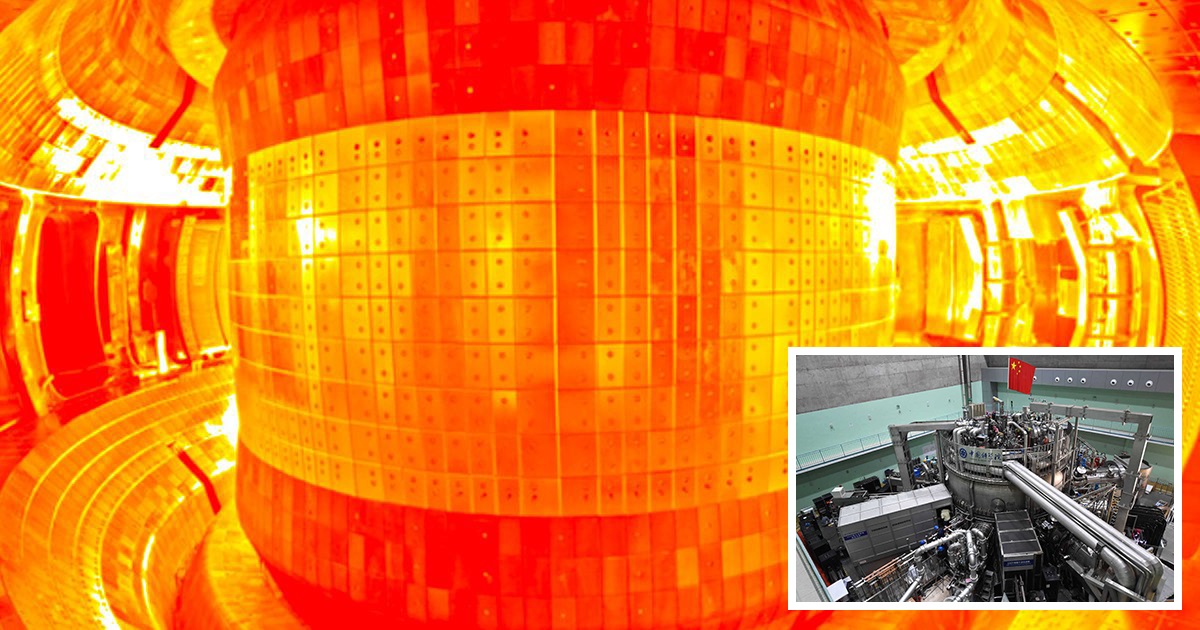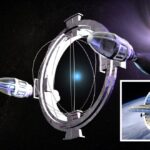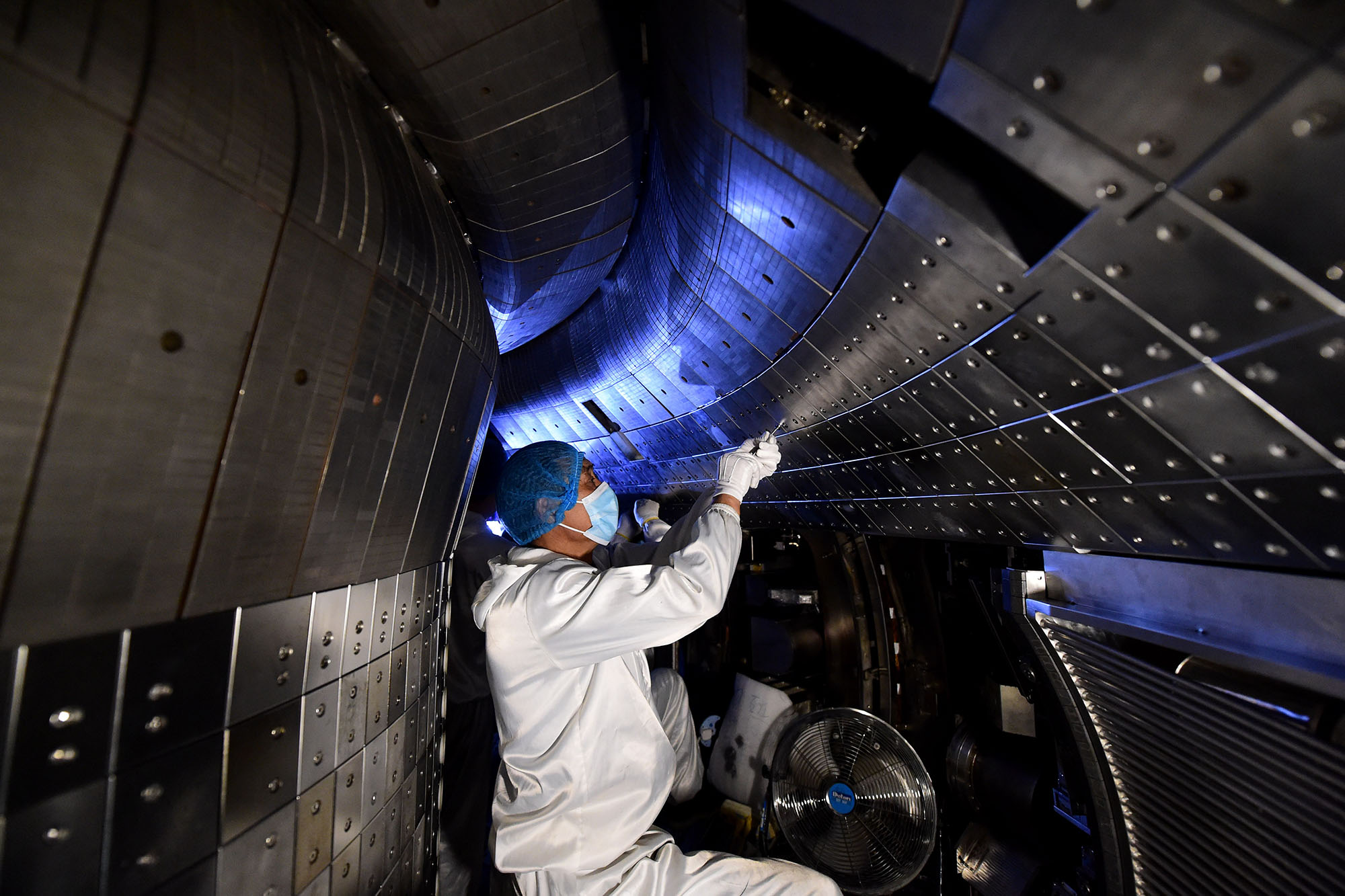
For 20 minutes, China’s “artificial sun” operated at a temperature of 70 million degrees Fahrenheit—five times hotter than the sun itself.
To get “infinite clean energy” by simulating processes that take place in the sun’s core, scientists expect the machine will help them achieve this goal.
According to Xinhua, scientists have been hard at work testing improvements to the auxiliary heating system at the Experiential Advanced Superconducting Tokamak (EAST), a nuclear fusion reactor facility.
An artificial sun is a facility that duplicates the nuclear fusion process that powers the sun, which employs hydrogen and deuterium gases as its fuel.
Since its inception in 2006, scientists from all around the globe have been using the EAST to perform fusion-related studies. However, an essential milestone has recently been reached in the project.
For 17 minutes and 36 seconds, researchers were able to operate the “artificial sun” at 70 million degrees Fahrenheit. It is estimated that in its core, the sun reaches temperatures of around 15 million degrees.
One of China’s most prominent scientists has said that “the recent operation laid a strong scientific and experimental basis toward the functioning of a fusion reactor,” according to the official news agency Xinhua.
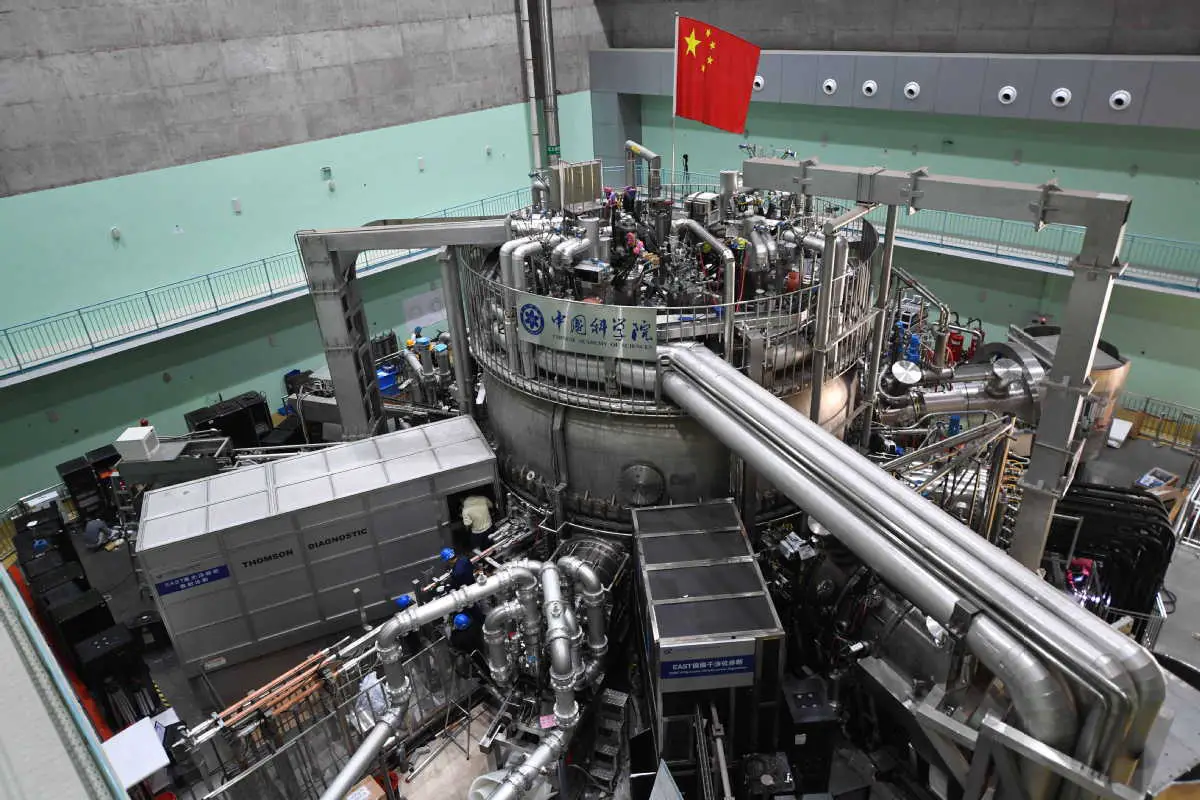
Anhui province’s Hefei Institute of Physical Science in Hefei was the location of the newest experiment at EAST, which was led by Gong. To create the “artificial sun,” more than 10,000 Chinese and international scientists have collaborated.
In order to fuse hydrogen isotopes together, the EAST uses very high temperatures to boil them into a plasma, resulting in the release of energy. The Chinese government has already invested over £701 million on the undertaking.
Beginning at the beginning of December, the current trial will continue through the end of June. “[The experiment] once again challenged the world record,” Institute of Plasma Physics head Song Yuntao remarked.
A key stride from fundamental research to engineering applications has been reached thanks to our thorough validation of the technology. For 101 seconds in May, EAST ran at a plasma temperature of 120 million degrees Fahrenheit.
We aspire to be able to create electricity by 2040, according to Song Yuntao, deputy director of the Hefei Institute of Plasma Physics. “We will begin building our fusion reactor in five years, and it will take another ten years to complete,” he said. A power generator will be constructed and put into service around the year 2040 after that.
In order to sustain the temperature over 100 million degrees Fahrenheit and operate at a steady level, two major hurdles must be overcome, according to sources from Xinhua.
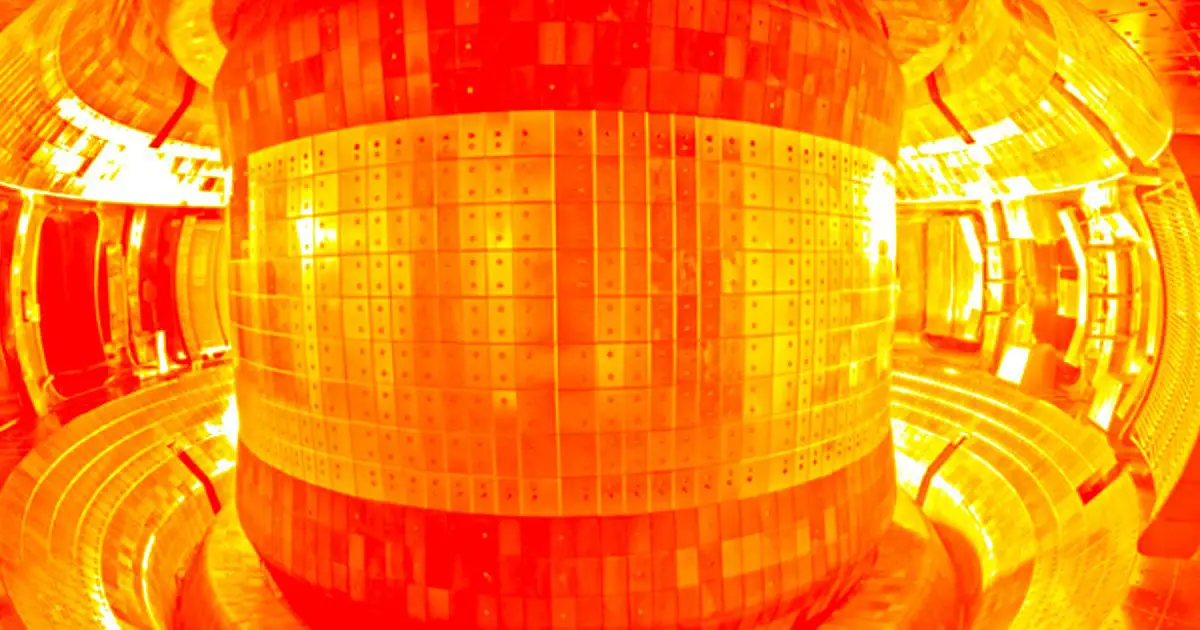
NASA says US needs nuclear-powered spaceship to keep ahead of China
Experts think the United States must increase its investment in nuclear-powered spacecraft in order to compete with countries like China.
Experts from NASA and the aerospace industry examined how the United States compares to other countries in developing new nuclear propulsion technologies at a government hearing on Wednesday (Oct. 20). They also say that if the United States wants to stay up, it must act swiftly. In front of the Science, Space, and Technology Committee of the U.S. House of Representatives, the hearing on “Accelerating Deep Space Travel using Space Nuclear Propulsion” was held.
According to NASA’s senior budget and financial adviser Bhavya Lal, strategic rivals like as China are investing significantly in a broad variety of space technologies, including nuclear power and propulsion. Keeping up with the competition and being a worldwide leader in space requires a rapid pace for the United States.
NASA has previously considered the possibility of employing nuclear propulsion technology to accelerate the agency’s mission to Mars.
In contrast to chemical rockets, nuclear electric propulsion systems utilize propellants more effectively but provide less force, NASA has said. Over a tenth of the fuel cost of high-thrust systems, “nuclear electric propulsion technologies accelerate spaceships for lengthy periods.”
Space technology might make use of a variety of different methods of nuclear propulsion. There are many different types of electric thrusters and propulsion systems that can be powered by nuclear electric propulsion, which utilizes the thermal energy from a nuclear reactor to generate electricity.
In nuclear thermal propulsion, fuels such as hydrogen are heated in reactors and then expelled to produce thrust in a reaction chamber. In comparison to electric propulsion systems, this is capable of producing a far higher thrust output.
Experts at Wednesday’s hearing said that time is of the essence if NASA wants to travel to Mars soon. ‘If the United States is serious about leading in a human journey to Mars, we have little time to lose,’ said the head of the House Committee on Science and Technology Don Beyer (D-VA). “With the intention of executing a future in-space flight test,” Beyer said, Congress has funded NASA’s nuclear space technology research for numerous years.
The development and use of nuclear electric propulsion include both advantages and hazards. This is particularly true when aiming to go to Mars swiftly.
According to Roger M. Myers, co-chair of the Committee on Space Nuclear Propulsion Technologies, “The dangers connected with [nuclear propulsion] are a basic materials issue that we believe is very likely solved.” Another material difficulty is discovering or manufacturing materials that can withstand the high temperatures and other harsh conditions of space, according to Myers.
According to media reports, China conducted a hypersonic nuclear-capable weapon test in August. China has disputed these allegations.

